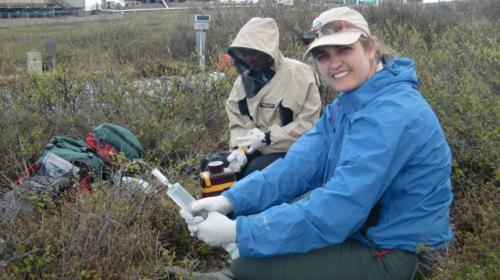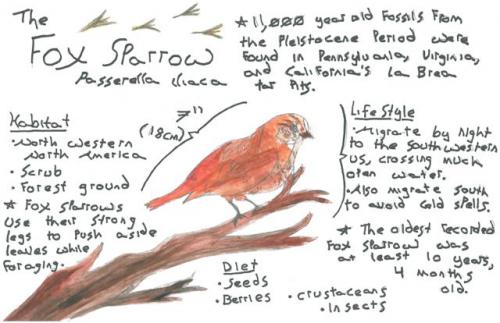What is a microbe?
Ok, time to get into a little science, after all, that is what this expedition is all about!
I happen to be in the company of an expert on the subject, Dr. Byron Crump has spent much of his career studying and trying better to understand these microscopic organisms.
Microbes according to Byron
Let's blow your mind!
So imagine a baseball stadium. That stadium is representative of one of the single cells in your body (there's probably around 37 trillion, thats 37,000,000,000,000, cells in your body). Now zoom in to the baseball stadium to the pitcher's mound, that is the representative size of a single bacteria, and if you imagine a single baseball, that is representative of the size of a virus, the smallest microbe!
There are around 10 times more microbes in your intestine than your own cells in your body!
There are more microbes on your hand than there are people on earth (7 billion)!
Microbes are so small millions can fit in the eye of a needle!
You may have heard the term microbe, and maybe you thought it was something like a germ, or something like a virus, or a bacteria, but let's try to uncover just what a microbe is so that we can understand why they are so cool, and important to us.
Microbe is a term short for microorganism. They are so small we can't see them with our naked eye. They are a group made up of bacteria, protists, viruses, algae and fungi. Often they are thought of as dangerous or germs that make you sick, but over 95% of microbes on earth are not harmful.
Microbes are everywhere, soil, water, air, on rock, inside of you and I. They are the most primitive form of life on earth. We couldn't live without them, and yet they would go on just fine if we didn't exist.
Species Journal

While sampling the Toolik lake outlet I spied a sparrow... now I am not really a birder, so I am not sure it was a fox sparrow, but I thought I would feature the fox sparrow today.

We also spied a grayling fish in Toolik outlet while we were sampling today.Yes, there are fish here! I learned they overwinter in the deeper lakes in the area that don't freeze completely solid in the winter!


Comments